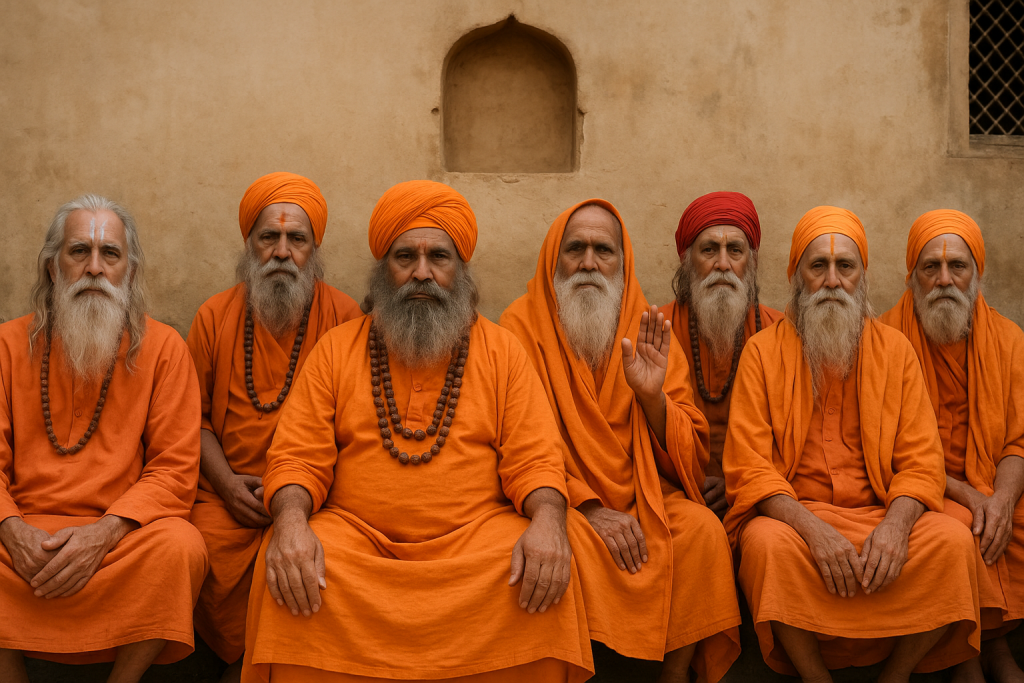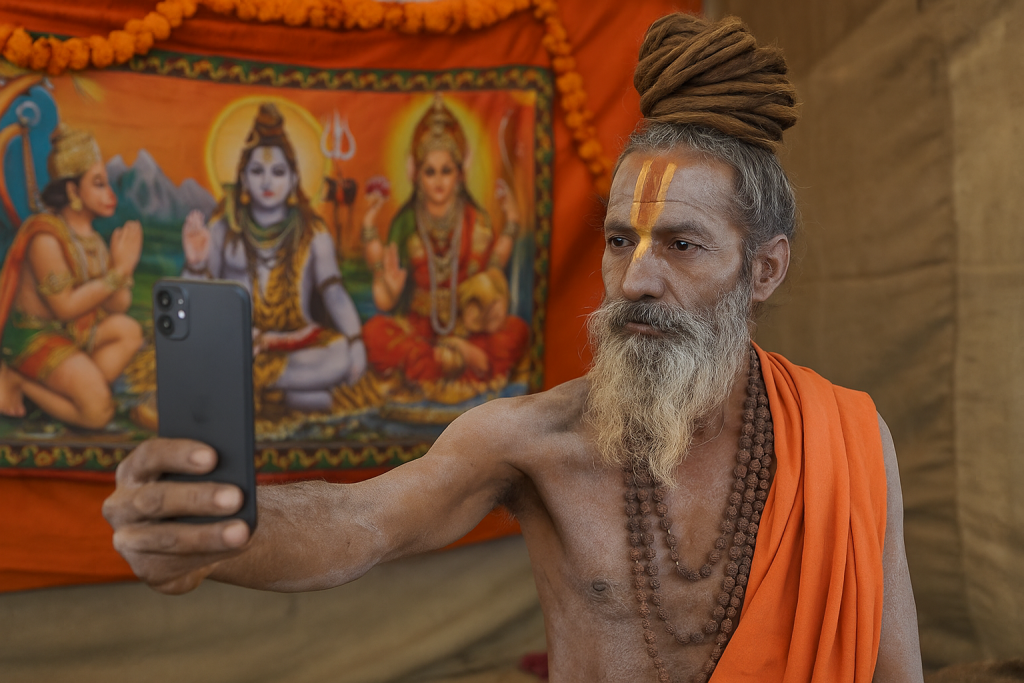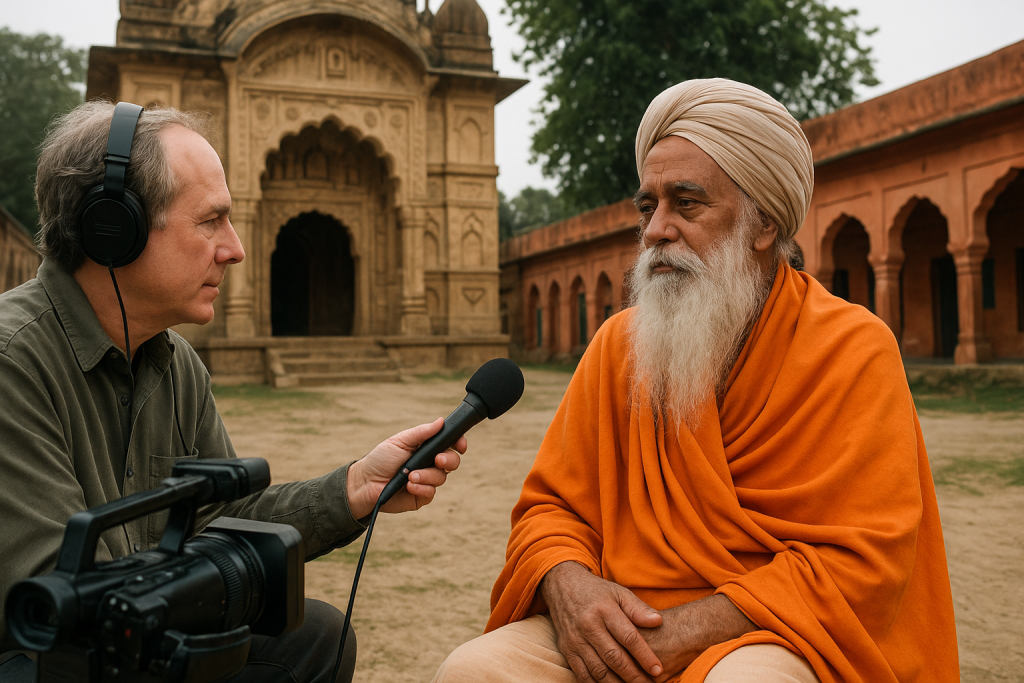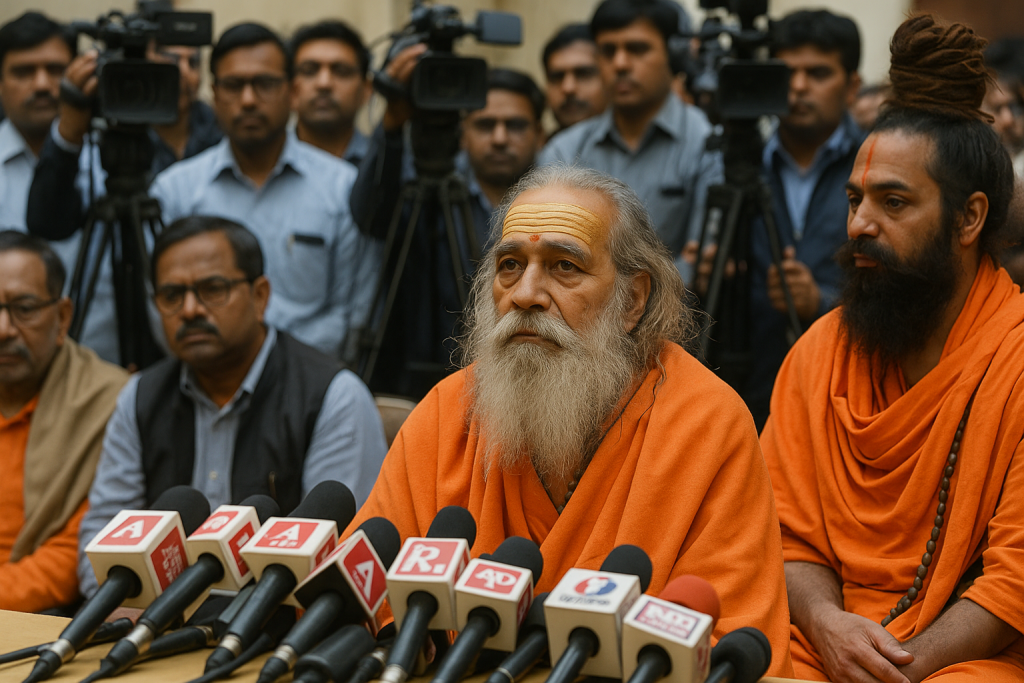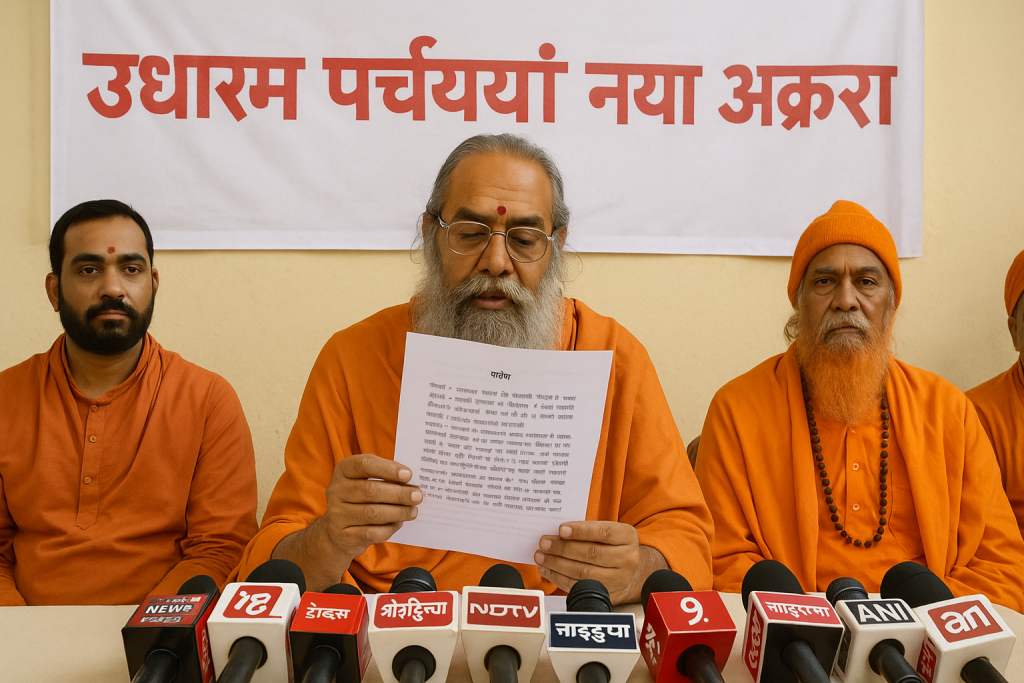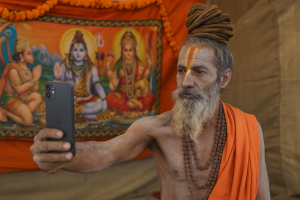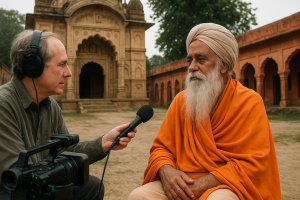The Udasin Panchayati Naya Akhara, one of the revered spiritual institutions of Sanatan Dharma, has been blessed with the guidance of many spiritually accomplished saints. Among them, the Mahamandaleshwars occupy a prominent position. These enlightened souls are not only spiritual masters but also custodians of dharma, upholding the values of renunciation, discipline, and service that form the foundation of the Udasin tradition.
While the Acharya Mahamandaleshwar serves as the central spiritual authority of the Akhara, several other Mahamandaleshwars work in tandem, each contributing in unique ways to the growth and outreach of the Akhara. Their roles include managing regional mathas, guiding disciples, organizing religious events, and preserving sacred scriptures and practices.
The title of Mahamandaleshwar is not merely ceremonial. It is bestowed upon highly realized saints who have spent years—often decades—in intense spiritual sadhana, scriptural study, and unwavering service to the Akhara. Their lives reflect the virtues of detachment, humility, wisdom, and unshakable devotion to the Guru and Ishwara (God).
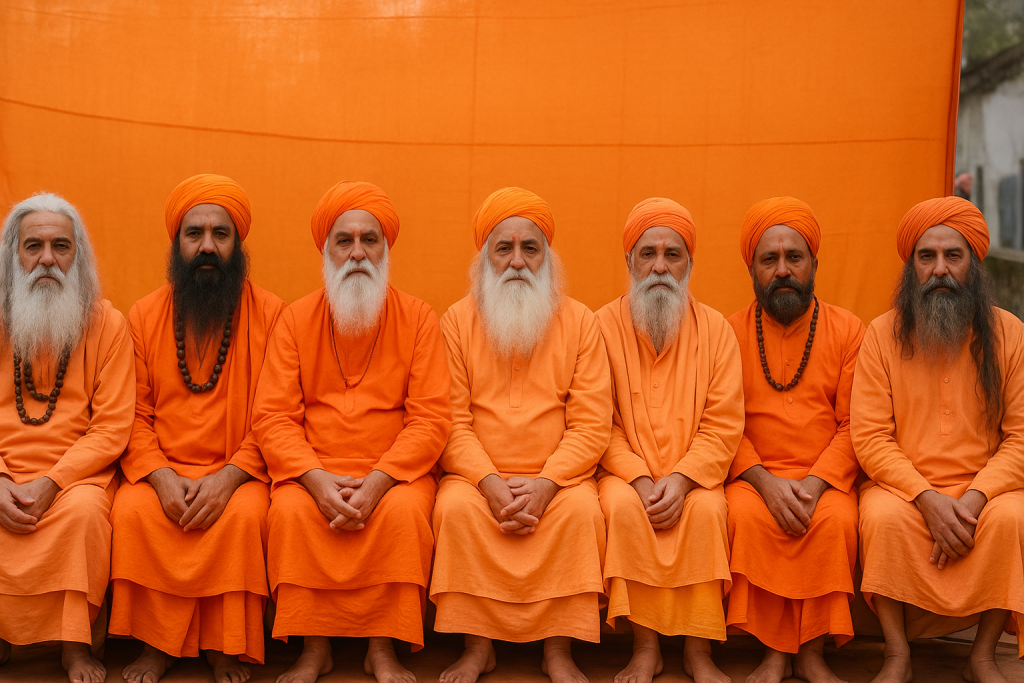
Many of our Mahamandaleshwars are known across India for their deep scholarship in Vedic texts, their command of Sanskrit, and their profound spiritual discourses that inspire thousands of devotees. They travel widely, conducting satsangs, performing yajnas, initiating disciples, and revitalizing dharmic values in every community they touch.
Each Mahamandaleshwar manages a specific region or matha, acting as both spiritual leader and administrator. Their guidance is essential in maintaining discipline among the sadhus, promoting scriptural education through gurukuls, and ensuring that the Akhara remains active in social welfare programs—such as food distribution, education, environmental efforts, and disaster relief.
Some are ascetics who live in remote areas, immersed in silence and meditation. Others are public figures who actively represent the Akhara at events like the Kumbh Melas, Dharm Sansads, and interfaith dialogues. Despite their diverse personalities and methods, all of them share a singular goal: the preservation and propagation of Sanatan Dharma through the Udasin path.
The presence of these Mahamandaleshwars provides strength and stability to the Akhara. Their combined wisdom and dedication create a powerful spiritual current that nurtures not only the monastic community but also the laity who seek guidance and inspiration.
In honoring our Mahamandaleshwars, we recognize the timeless legacy of the Udasin tradition—a lineage shaped by saints who walk the path of selflessness, knowledge, and divine love.

